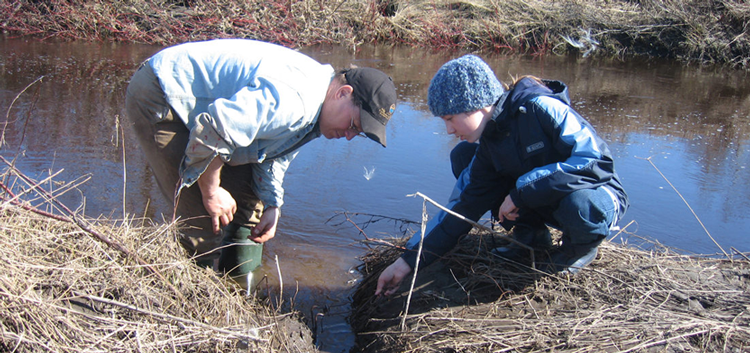
Trapping is humane
TRAPPING REGULATIONS ASSURE HIGHEST ANIMAL WELFARE STANDARDS
Trapping is regulated in Canada and US to ensure that it is sustainable and humane. State, provincial and territorial wildlife departments strictly control the types of traps used and how often they must be checked (usually 24-hours), as well as the periods during which each species may be targeted. Trapping seasons are generally timed for late Fall and Winter when fur pelts are prime (to avoid waste) and the young of the year have set off on their own. In most regions, trappers take training courses before receiving their trapping permits, to learn conservation principles, safety, pelt preparation (again, to prevent waste), and the proper use the most humane trapping systems. The sale and transport of fur pelts (nationally and internationally) is also monitored and regulated.
North America leads the world in the research and development of humane trapping systems. Animal welfare in the North American wild fur industry is assured through the Agreement on International Humane Trapping Standards (AIHTS), the International Organization for Standardization (ISO), Best Management Practices and various Federal, State, Provincial and Territorial regulations that ensure traps and trapping meet the most stringent, scientifically-proven humane harvesting standards.
* Learn more about Trapping regulations in the United States
* Learn more about trapping regulations in Canada
TRAP RESEARCH & DEVELOPMENT
Agreement on international humane trapping standards (aihts)
North America’s pioneering research program provided the scientific basis for the Agreement on International Humane Trapping Standards (AIHTS), signed in 1997 by the European Union and the main wild-fur producing countries (Canada and Russia). The USA signed a similar agreement on Best Management Practices.






